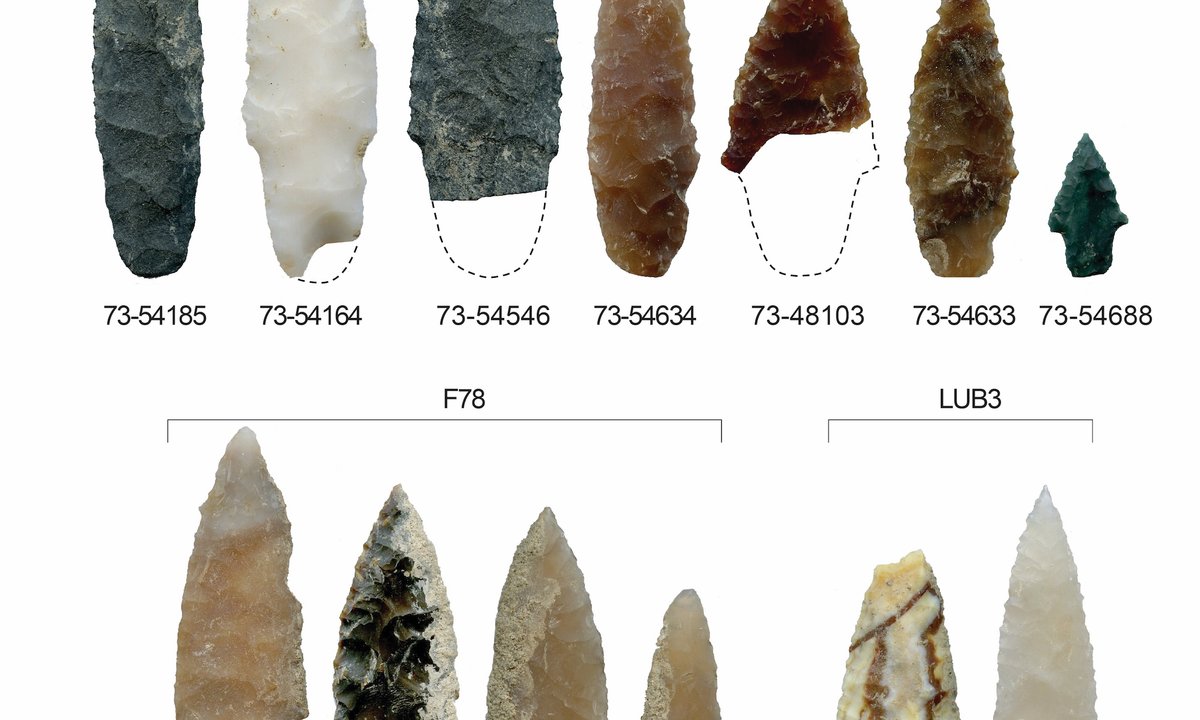
"The first people to migrate to North America may have sailed from north-east Asia around 20,000 years ago. Experts have argued that prehistoric people in Hokkaido, Japan, used similar stone tools to those later found in North America, and suggest that seafarers may have travelled to the continent during the last ice age, bringing this stone technology with them. This adds weight to the theory that the first Americans arrived much earlier than previously thought."
"Previously, the main theory was that people travelled by foot, around 13,500 years ago, crossing a now-submerged land bridge from eastern Russia, and then moving south along an ice-free corridor between the massive ice sheets that covered Alaska and Canada. But in recent decades, experts have uncovered increasing evidence for earlier migration. The most dramatic finds come from White Sands, New Mexico, where 61 human footprints preserved on the edge of a dried-up prehistoric lake have been dated to between 16,000 and 20,000 years ago."
Stone tools from Hokkaido closely resemble later projectile points found at prehistoric North American sites, implying technological transmission across the North Pacific. Seafaring along a northeast Asian-to-Americas route during the last ice age could explain an arrival around 20,000 years ago. Footprint evidence at White Sands dates human presence between 16,000 and 20,000 years ago, challenging the conventional 13,500-year land-bridge model. Comparative analysis of stone-tool production methods and appearance at sites in Virginia, Pennsylvania, Texas and Idaho supports cultural links, although some scholars dispute the dating and interpretation of earlier migration evidence.
Read at The Art Newspaper - International art news and events
Unable to calculate read time
Collection
[
|
...
]